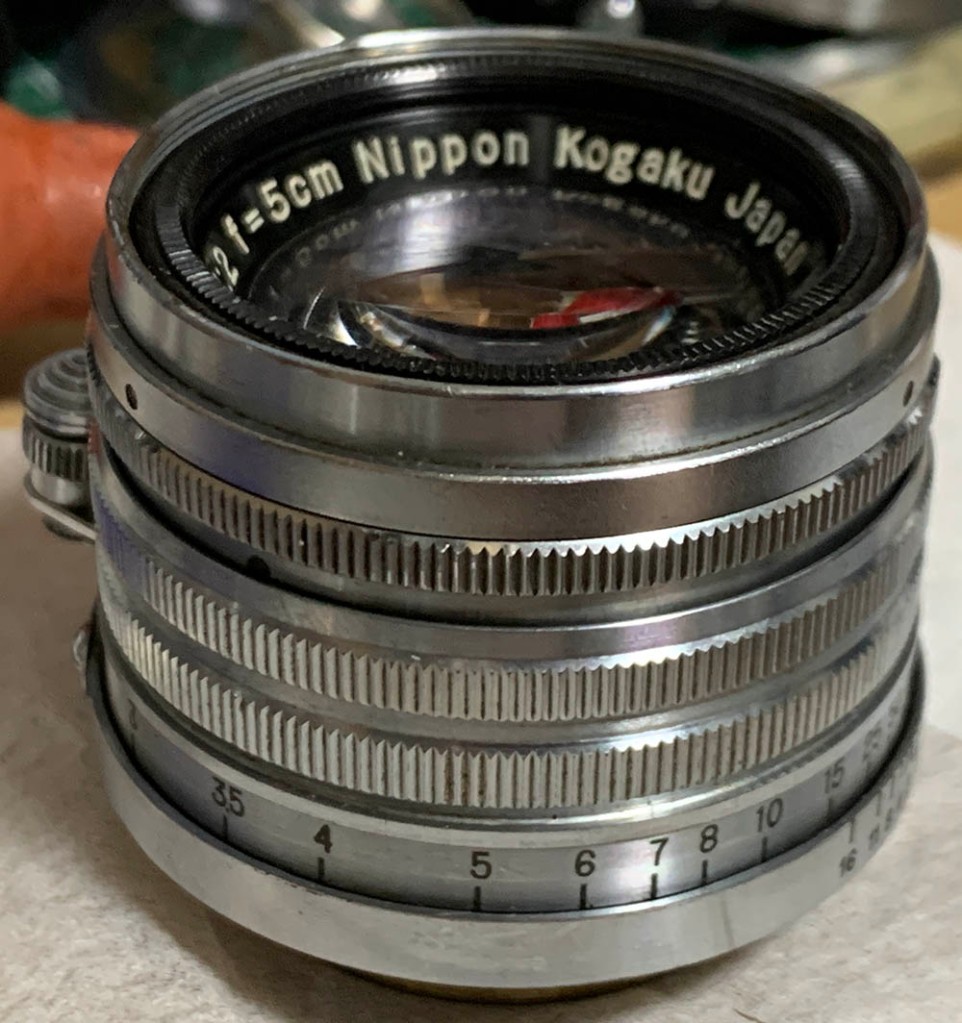Hello, everybody! I was listening to “Freedom” by Wham!, it is a song about some guy who is so in love with this woman that he would forgive anything she does and basically let her have her way. Have you ever felt like that in your life before? I sure did, but that was many years ago. That feeling also extends to my love of vintage lenses, there is one lens that I have always wanted but I just can’t find a good version of it. Unlike the poor simp in the song, I will not waste my time looking for the perfect lens because there is one lens that is just as good and maybe even better. Do you want to know what lens that is? Read this article to find out more about it.
Introduction:
The Carl Zeiss Jena 50mm f/1.8 Pancolar it’s a magnificent lens, it needs no introduction. There are many versions that were made throughout the years but this is one of the best ones according to experts. I will not go through the complicated and long history of the Pancolar family because people are familiar with it, so it makes no sense for me to repeat what has been said by others. One thing I can say is this lens is a true legend and it deserves every bit of the hype about it. I was looking for a good substitute for a Planar, it has to come with an M42 mount and should be priced reasonably. My search led me to this instead but I am not disappointed at all because everything turned out well in the end.

The barrel is completely made of metal, it’s very sturdy and feels dense in your hands. It has a minimalistic interface, only having a focusing ring and an aperture selector. Finally, you have a little switch at the side. You can see it in this photo barely sticking out from the side of the lens near the left edge of the frame. It operates very nicely, the focusing ring feels very smooth to turn and the aperture ring clicks with a precise and reassuring feeling, something that a lot of Nikkors don’t even have, that’s because it uses a little ball bearing for the clicking mechanism.
More



